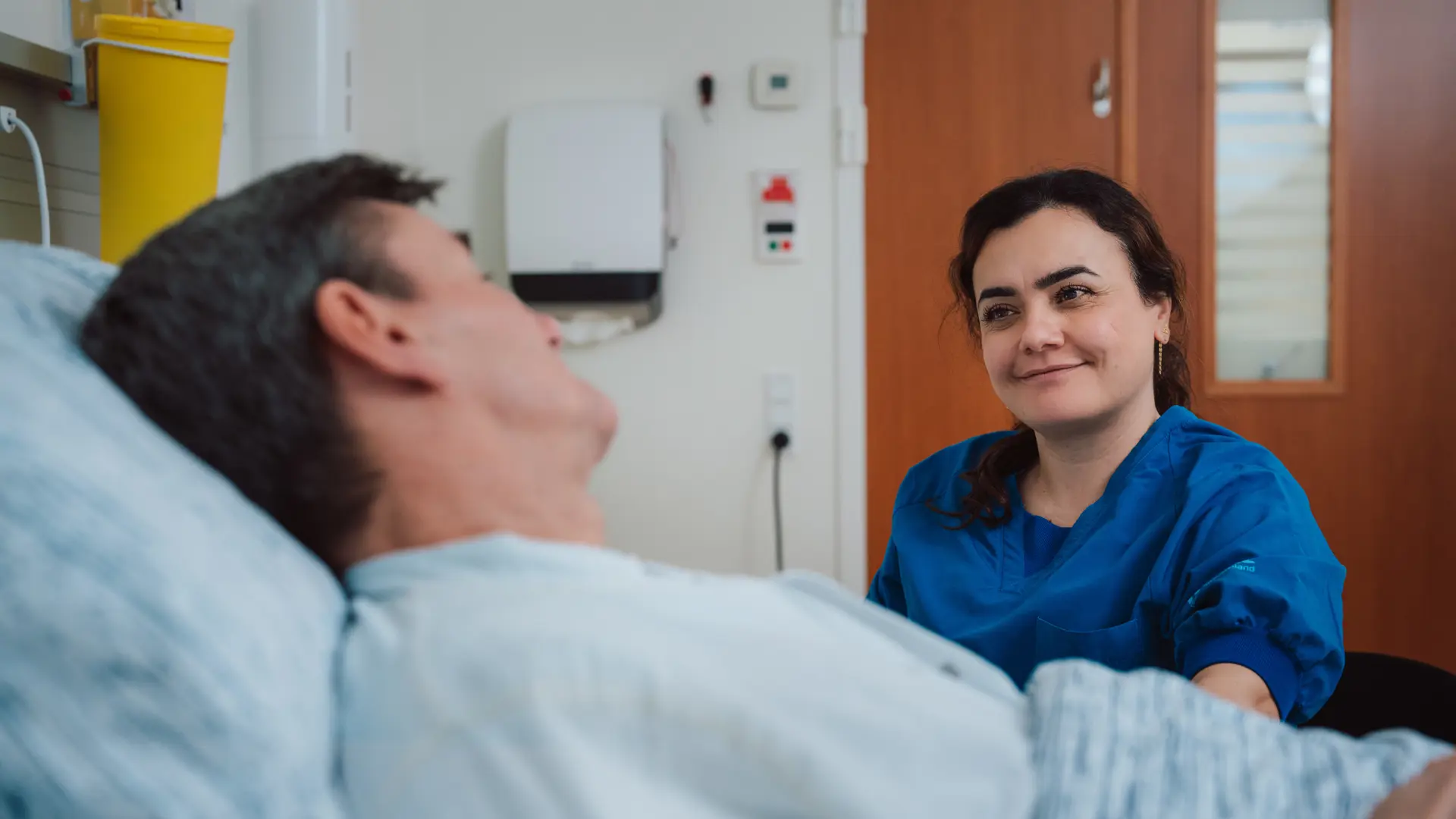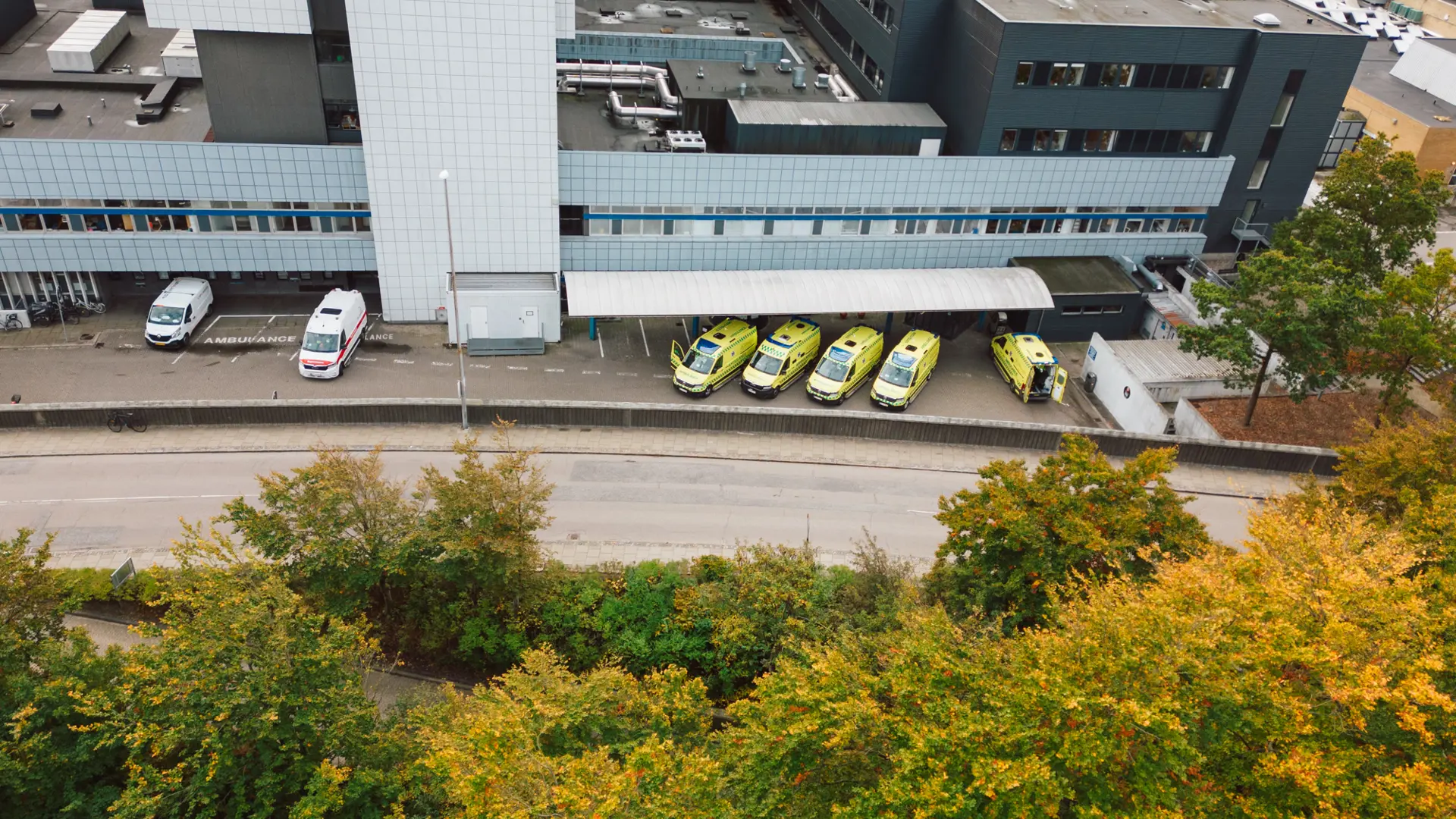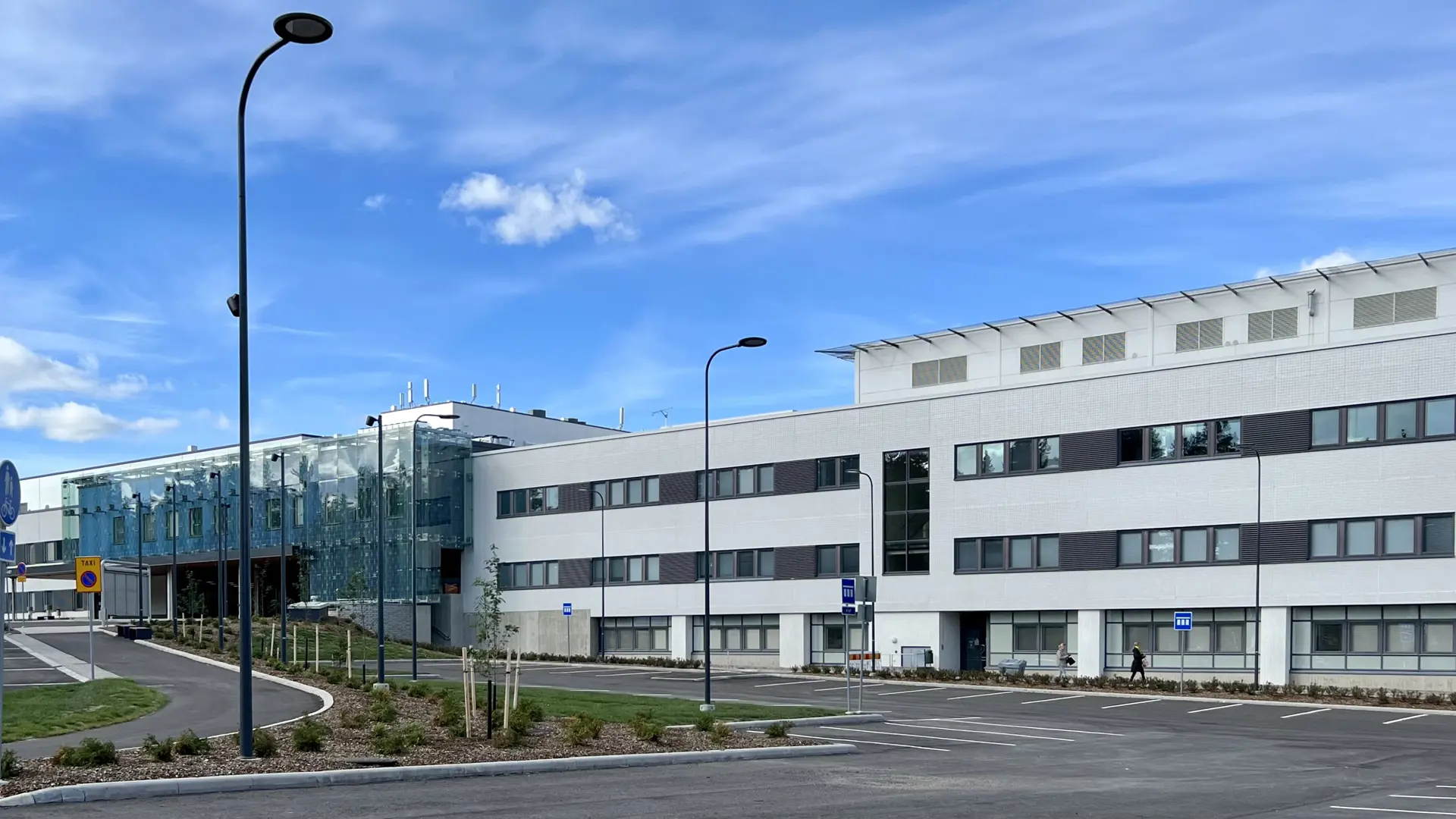Getting started on the digital task management journey at Tampere University Hospital
The Finnish University Hospital in Tampere decided to test Systematic’s digitalised task management system in selected departments to gather data and hands-on experience ahead of digitalising all service tasks.
Many hospitals are only at the beginning of their journey of leveraging digital tools in their service logistics. One of the first steps is to test an existing and proven solution in a limited environment, gaining experience and understanding the benefits before rolling it out to all departments.
This was the approach that Tampere University Hospital and Systematic decided on, when they started trialling a digital task management system within cleaning and food delivery services. The solution, Columna Flow Task Management, was introduced at the Musculoskeletal Diseases Clinic where a huge number of ad-hoc tasks are performed daily. With the digital task management system, cleaning personnel receive service requests made by nurses at wards or operating theatres directly to their smart phones, without being interrupted by calls. The mobile app also shows staff who is working, making it easy for them to contact each other when needed. This also improves safety, especially at night when few people are at work.
“We are very satisfied after the first month of daily use of the system,” say Sari Iltanen and Tommi Saarinen, who are coordinating the trial at Tampere University Hospital. “Cleaning personnel adopted the new mobile app quickly and they are very happy with how it works. They just love it”, Tommi Saarinen says.
Columna Flow Task Management provides service managers with an up-to-date overview of the workload in different service areas, enabling them to identify where extra help is needed. Nurses who request a service can also monitor its progress, while those undertaking the tasks can select them based on their proximity, competencies, or team affiliation. Data on the completion of tasks is automatically stored for analysis and reporting purposes, which enables hospitals to identify bottlenecks, optimise workflows, and improve service levels.
“We now have a real number of tasks visible and we get insight of how the workload is distributed between different days of the week and at different times of the day. Now, we can also track lead times, and see how quickly we have responded to service requests,” Sari Iltanen explains.
Facts about Tampere University Hospital
- One of the five university hospitals in Finland
- Second largest hospital in Finland consisting of five sites
- 1,150 beds
- Secondary care for 530,00 citizens, tertiary care for 900,000 citizens
- 220,000 patients annually
- 7,000 employees
Latest news
We are happy to share what we do. You can find our latest news here or browse through all of our healthcare news by clicking the button below.








